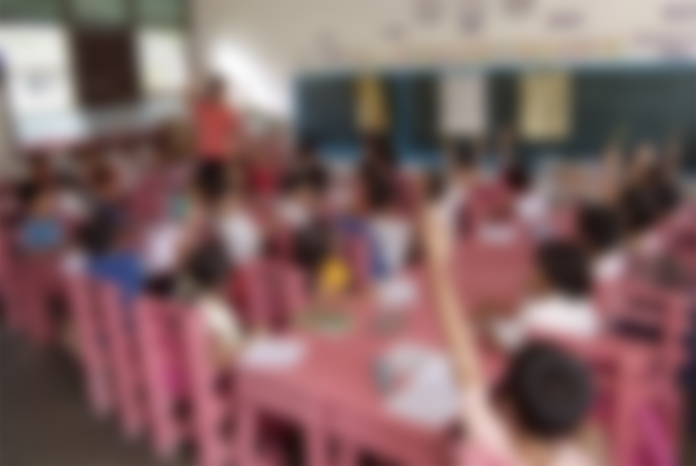I tried to make a contrasting analysis of Rabindranath Tagore's educational philosophy to the educational system here in the Philippines.
Before we go to these differences, kindly read these two articles which I published recently about Tagore's educational philosophy and its similarities to the educational system here in the Philippines.
Here are the links:
https://read.cash/@Jim/rabindranath-tagores-educational-philosophy-16869293
https://read.cash/@Jim/similarities-of-tagores-educational-philosophy-to-the-current-educational-system-of-the-philippines-48e8f62c
Differences of Tagore's Educational Philosophy to the Educational System in the Philippines
1. In Tagore’s educational philosophy, the teaching of religion can never be imparted in the form of lessons, it is where there is a religion in living- where life is simple; while in the Educational System in the Philippines, religion is taught like the values education and Christian Living education subjects.

2. In Tagore’s educational philosophy, the teacher is more important than the method; while in the K-12 Curriculum, though teachers have Continuous Professional Development (CPD), the said program does not really focus on the teacher himself but on the methods and approaches he can use in his classroom. Thus, the focus is more on the methods and the students.

3. Mother tongue is the medium of instruction in Tagore’s curriculum; although it is true that mother-tongue is also a medium of instruction, it is only for young learners. Moreover, it is not only considered a medium of instruction but also a subject among elementary pupils.
4. Mother tongue is the only language given the emphasis on Tagore’s curriculum; while second language learning is also included in the K-12 curriculum.
5. Communication skills (viewing, speaking, writing, listening, and reading) are not given emphasis in Tagore’s curriculum; while they are very essential in the K-12 Curriculum.

6. “The school should be situated in natural surroundings. There should be an atmosphere of nature’s own beauty with her varied gifts of color and dance, flowers and fruits, with the joy of her mornings and the peace of her starry nights.” as stated in Tagore’s educational philosophy; yet it is very ideal that even if Filipinos want to have this kind of school community, many schools in the country lack facilities and that reality needs to be mimic. Though technological advancement has taken education into another level, many children of this generation are unfortunate not to experience the beauty of nature as they are more focused on virtual reality.
7. “The school should be a self-governing institution-has a dairy farm, post office, hospital, and workshop. Students hold their own courts.” Said, Tagore. However, the schools in the Philippines, despite efforts to have programs like “Gulayan sa Paaralan”, etc. and build their own medical facilities, the educational system in the country cannot afford to do so; thus, the school only becomes a place to learn concepts and not to apply them due to lack of resources and facilities.
8. The number of students in classes should be very small in Tagore’s curriculum, yet each classroom in the Philippines consists of 40 to 60 students.

9. Tagore’s educational philosophy suggests that the school should have a well-equipped library; while the educational system in the Philippines, though aims to have a library for each school, does not afford to have. In addition, most libraries are not functioning since students already have access to the internet where they can search easily for the answers to their questions.




Nice one. Youre good at analyzing. Thank you for sharing that to us. Keep it up